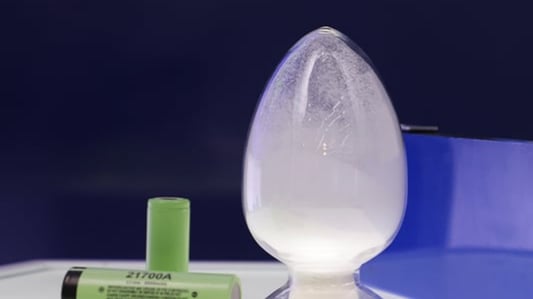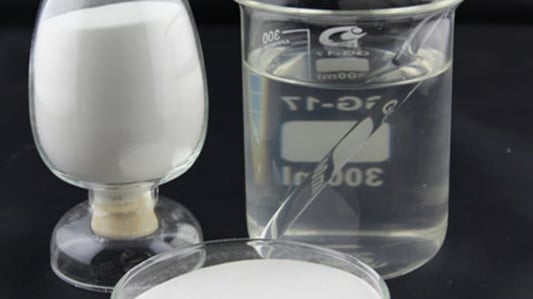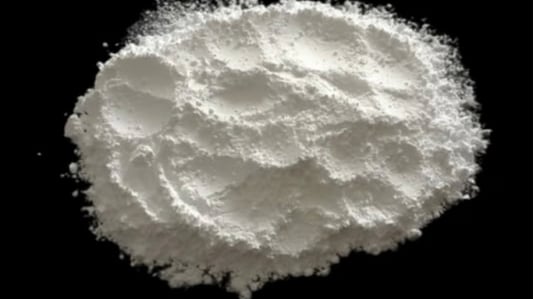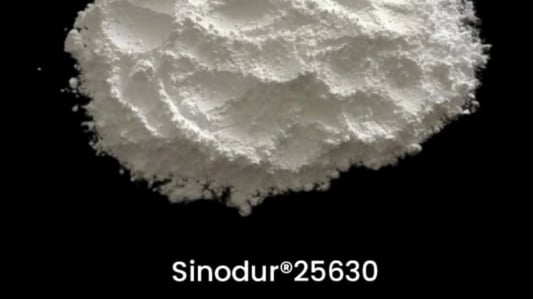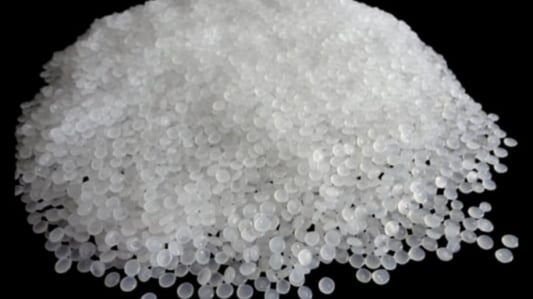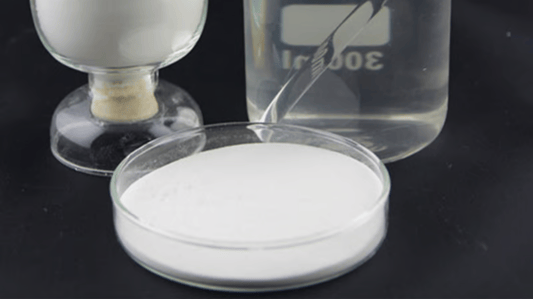Enhanced DurabilityPVDF resin is known for its exceptional durability, making it an ideal choice for coatings in various industries. Its resistance to harsh weather conditions, chemicals, and UV radiation allows for long-lasting protection for a wide range of surfaces.Excellent Chemical ResistanceOne of the key benefits of using PVDF resin in coatings is its superior chemical resistance. This makes it suitable for applications where exposure to corrosive substances is a concern, providing a protective barrier that is highly resistant to damage.High UV StabilityPVDF resin coatings offer excellent UV stability, making them a reliable choice for outdoor applications. This property helps prevent color fading and degradation over time, ensuring that the coated surfaces maintain their appearance and performance.Low Maintenance RequirementsDue to its durability and resistance to various elements, PVDF resin coatings require minimal maintenance. This can lead to cost savings and reduced downtime, making them a practical choice for environments where upkeep may be challenging.Wide Range of ApplicationsPVDF resin coatings are versatile and can be used in a variety of applications, including architectural, automotive, aerospace, and industrial sectors. Their compatibility with different substrates and surfaces makes them a popular choice for diverse coating needs.Environmental SustainabilityPVDF resin coatings are known for their environmental sustainability, as they are free of volatile organic compounds (VOCs) and hazardous air pollutants. This makes them a green option for environmentally conscious projects that require high-performance coatings.Excellent Adhesion PropertiesPVDF resin coatings exhibit excellent adhesion properties, ensuring a strong bond between the coating and the substrate. This helps prevent peeling, cracking, or delamination, providing long-lasting protection and aesthetic appeal to the coated surfaces.Color RetentionAnother advantage of PVDF resin coatings is their exceptional color retention properties. They are resistant to fading and discoloration, maintaining their vibrant appearance even in challenging environments with prolonged exposure to sunlight and harsh weather conditions.Heat ResistancePVDF resin coatings offer high heat resistance, making them suitable for applications where exposure to elevated temperatures is a concern. This property allows for reliable performance in extreme conditions, ensuring the longevity and effectiveness of the coated surfaces.Cost-EffectivenessWhile PVDF resin coatings may have a higher initial cost compared to other options, their long-term durability and low maintenance requirements make them a cost-effective choice in the grand scheme of things. The extended lifespan and superior performance of these coatings ultimately lead to savings in the long run.Quote Inquirycontact us




